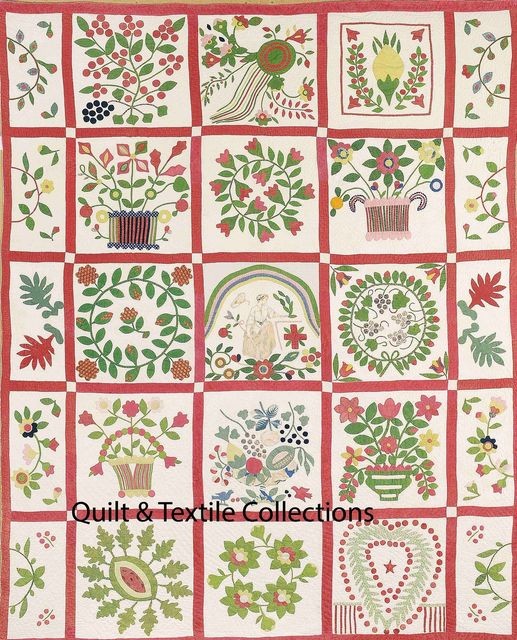
I promise we will continue to share our BAQs research, however it seems appropriate to show how some of these research topics related to Philadelphia and the inscribed applique quilts that were appearing in that region in the mid-nineteenth century. Philadelphia was one of the oldest cities in the nation and was in the forefront of pivotal events that shaped our country. Would it prove to be in the forefront of quilting as well? In the instance of businesses selling BAQs in Baltimore, we see pawnbrokers and auction houses advertising selling quilts as early as 1843. (Here is a link to the blog article about businesses selling BAQs) In Philadelphia, we see the sales by pawnbrokers and auction houses advertising quilts as early as 1837…more than 5 years earlier. In his ad, G. W. Smith, a...





